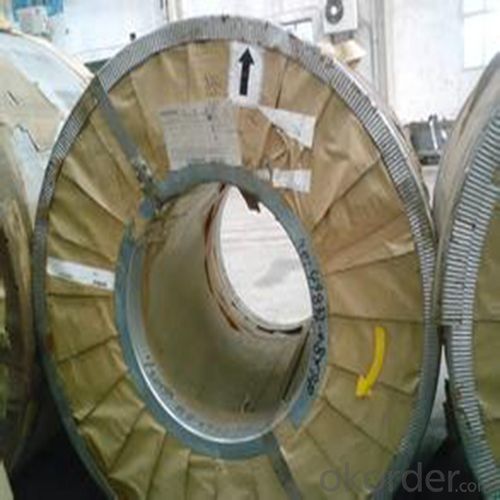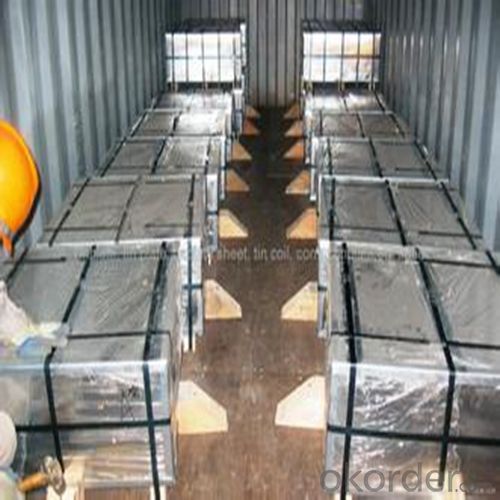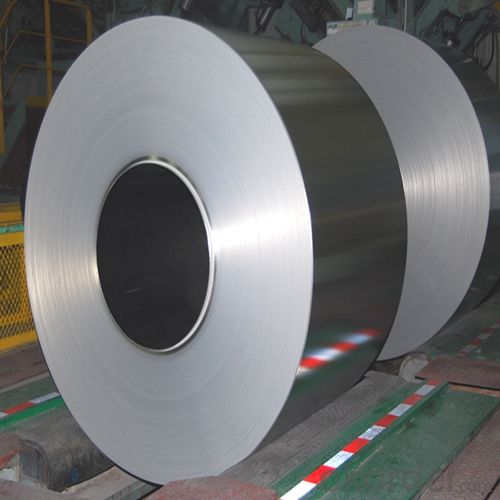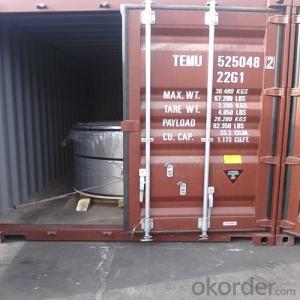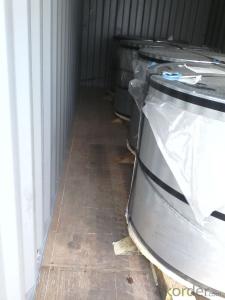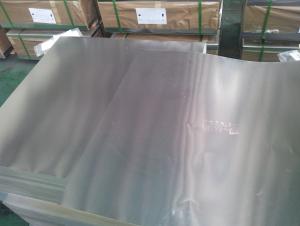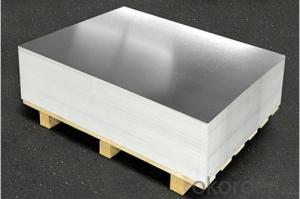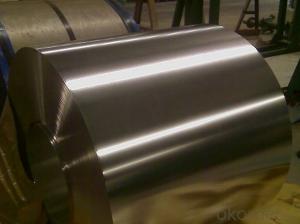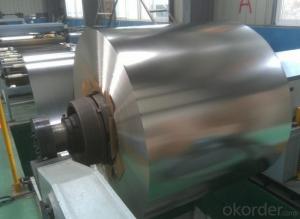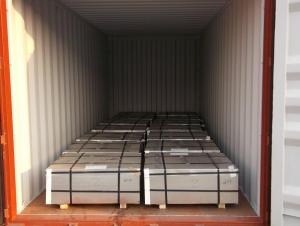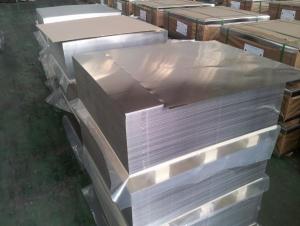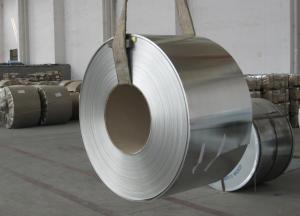Tinplate ETP of High Quality for Metal Containers
- Loading Port:
- Tianjin
- Payment Terms:
- TT OR LC
- Min Order Qty:
- 25 m.t.
- Supply Capability:
- 10000 m.t./month
OKorder Service Pledge
OKorder Financial Service
You Might Also Like
1.Structure of Tinplate ETP of High Quality for Metal Containers Description
Electrolytic Tinplate, is one thin steel sheet with a coating of tin applied by electrolytic deposition. Tinplate made by this process is essentially a sandwich in which the central core is strip steel. This core is cleaned in a pickling solution and then fed through tanks containing electrolyte, where tin is deposited on both sides. As the strip passes between high-frequency electric induction coils, it is heated so that the tin coating melts and flows to form a lustrous coat.
2.Main Features of the Tinplate ETP of High Quality for Metal Containers
Appearance – Tinplate is characterized by its beautiful metallic luster. Products with various kinds of surface roughness are produced by selecting the surface finish of the substrate steel sheet.
Paintability and printability – Tinplates have excellent paintability and printability. Printing is beautifully finished using various lacquers and inks.
Formability and strength – Tinplates have got very good formability and strength. By selecting a proper temper grade, appropriate formability is obtained for different applications as well as the required strength after forming.
Corrosion resistance – Tinplate has got good corrosion resistance. By selecting a proper coating weight, appropriate corrosion resistance is obtained against container contents. Coated items should meet 24 hour 5 % salt spray requirement.
Solderability and weldability – Tinplates can be joined both by soldering or welding. These properties of tinplate are used for making various types of cans.
Hygienic – Tin coating provides good and non toxic barrier properties to protect food products from impurities, bacteria, moisture, light and odours.
Safe – Tinplate being low weight and high strength makes food cans easy to ship and transport.
Eco friendly – Tinplate offers 100 % recyclability.
Tin is not good for low temperature applications since it changes structure and loses adhesion when exposed to temperatures below – 40 deg C.
3.Tinplate ETP of High Quality for Metal Containers Images
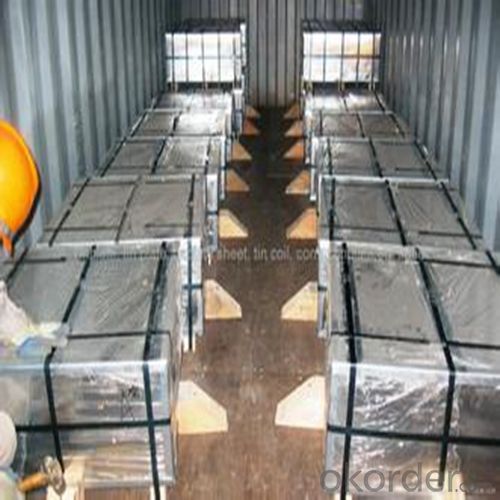
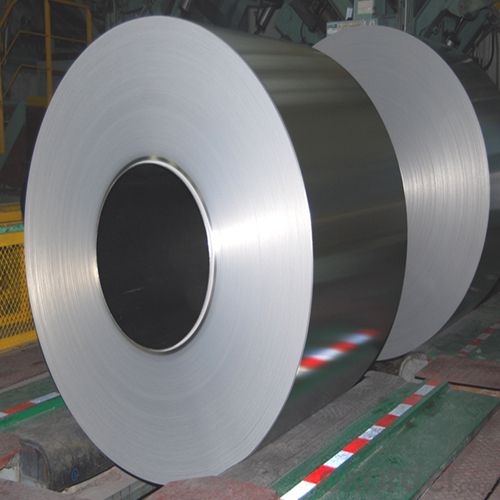
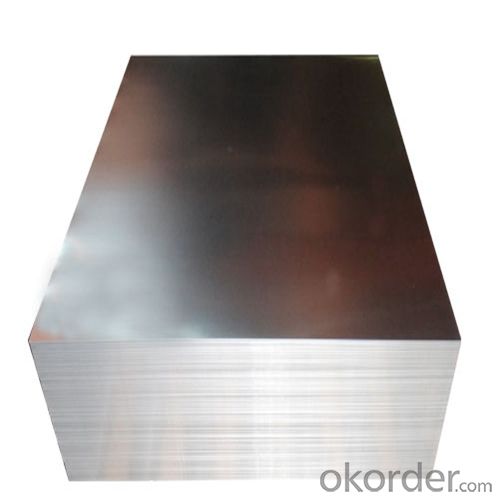
4.Tinplate ETP of High Quality for Metal Containers Specification
Standard: ISO 11949 -1995, GB/T2520-2000,JIS G3303,ASTM A623, BS EN 10202
Material: MR,SPCC
Thickness:0.15mm - 0.50mm
Width: 600mm -1150mm
Temper: T1-T5
Annealing: BA & CA
Coil Inner Diameter: 508mm
Weight: 6-10 tons/coil 1~1.7 tons/sheets bundle
Passivation:311
Oil: DOS
Surface: Finish,bright,stone,matte,silver
5.FAQ of Tinplate ETP of High Quality for Metal Containers
- How are the tinplates specified?
The tinplates are specified as per the steel base, extent of tempering, the coating weight, annealing method and the surface finish.
- How many types there are for base steels?
The base steels are of three types: Type MR, L, D
- Q: What are the typical finishing options for tinplate products?
- The typical finishing options for tinplate products include tin plating, lacquering, lithography, embossing, and varnish coating.
- Q: Can tinplate be used for medical packaging?
- Yes, tinplate can be used for medical packaging. It is a commonly used material for packaging medical products due to its durability, resistance to corrosion, and ability to maintain product quality. Tinplate containers can provide a protective barrier against moisture, light, and oxygen, ensuring the safety and integrity of medical supplies.
- Q: What are the properties of tinplate?
- Tinplate is a type of steel that is coated with a thin layer of tin, which imparts several key properties. It is highly corrosion-resistant, making it suitable for packaging food and beverages. Tinplate also has excellent heat resistance, making it ideal for products that need to withstand high temperatures during processing or cooking. Additionally, it has good formability, allowing it to be easily shaped and molded into various sizes and designs.
- Q: What are the different types of tinplate coatings?
- There are several different types of tinplate coatings used for various purposes. These include electrolytic tinplate (ETP), tin-free steel (TFS), black plate, and lacquered tinplate.
- Q: What are the different methods of opening tinplate containers?
- There are several methods of opening tinplate containers, including using a can opener, a key opener, a pull tab, or by twisting off a screw cap lid.
- Q: How does tinplate contribute to the performance of ammunition?
- Tinplate contributes to the performance of ammunition in several ways. Firstly, tinplate acts as a barrier between the ammunition's metallic components and the environment, preventing corrosion and ensuring the ammunition remains functional over time. Additionally, the smooth surface of tinplate reduces friction and enhances the flow of ammunition through firearms, improving the overall reliability and performance of the weapon. Furthermore, tinplate's strength and durability provide necessary protection to the ammunition during handling, transportation, and storage, ensuring it remains intact and ready for use when needed.
- Q: How does the thickness of tinplate affect its strength?
- The thickness of tinplate directly affects its strength. Generally, a thicker tinplate will have higher strength and rigidity compared to a thinner tinplate. This is because the increased thickness provides more material to resist deformation and withstand external forces. Thicker tinplate can also offer better protection against impacts and punctures, making it suitable for applications that require enhanced strength and durability.
- Q: What are the recommended soldering techniques for tinplate?
- The recommended soldering techniques for tinplate include pre-tinning the surfaces to be soldered, using a low-temperature soldering iron, ensuring proper ventilation, and using flux to promote good solder flow. It is also important to avoid excessive heat, as tinplate can be easily damaged.
- Q: How is tinplate coated for gift packaging?
- Tinplate is typically coated for gift packaging using a process called electrolytic tin coating. This involves immersing the tinplate into an electrolyte solution and passing an electric current through it, causing a thin layer of tin to be deposited onto the surface of the tinplate. This coating provides a protective barrier and enhances the appearance of the packaging, making it suitable for gift purposes.
- Q: How does tinplate affect the overall cost of packaging?
- Tinplate can impact the overall cost of packaging due to its higher production and material costs compared to other packaging materials. However, it offers several advantages such as durability, protection against moisture and oxygen, and aesthetic appeal, which may justify the additional expenses for certain products.
Send your message to us
Tinplate ETP of High Quality for Metal Containers
- Loading Port:
- Tianjin
- Payment Terms:
- TT OR LC
- Min Order Qty:
- 25 m.t.
- Supply Capability:
- 10000 m.t./month
OKorder Service Pledge
OKorder Financial Service
Similar products
Hot products
Hot Searches
Related keywords



